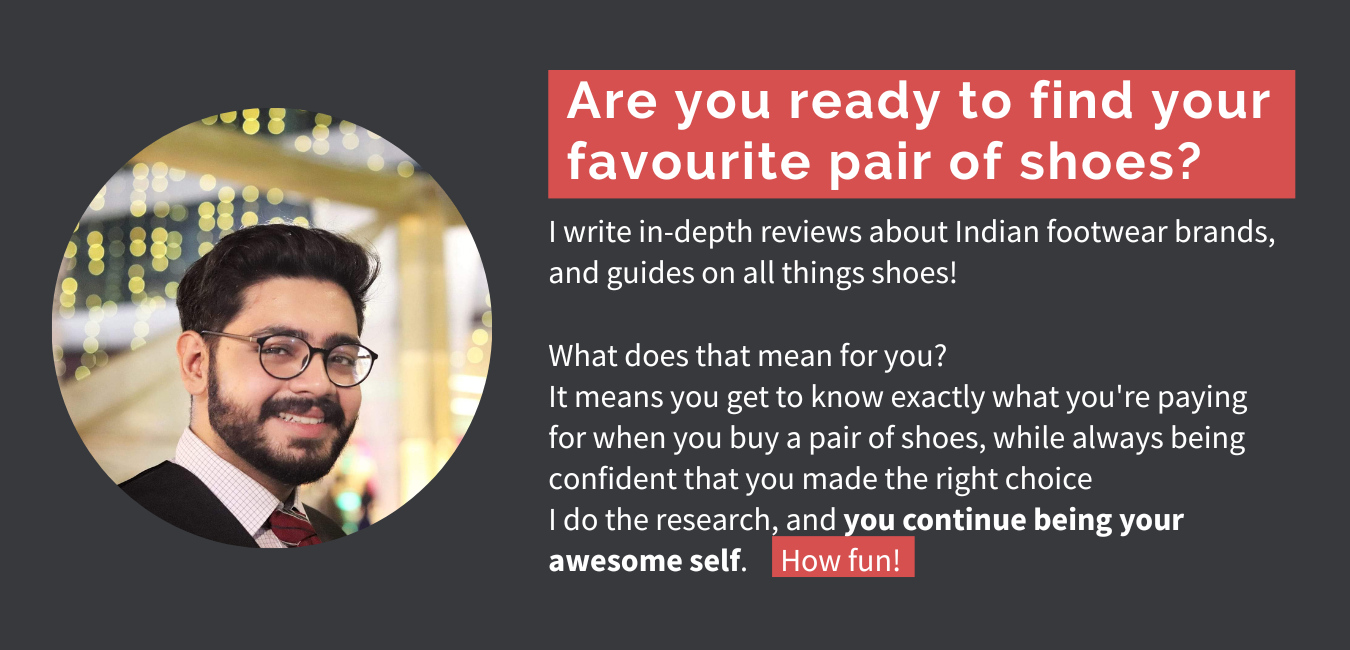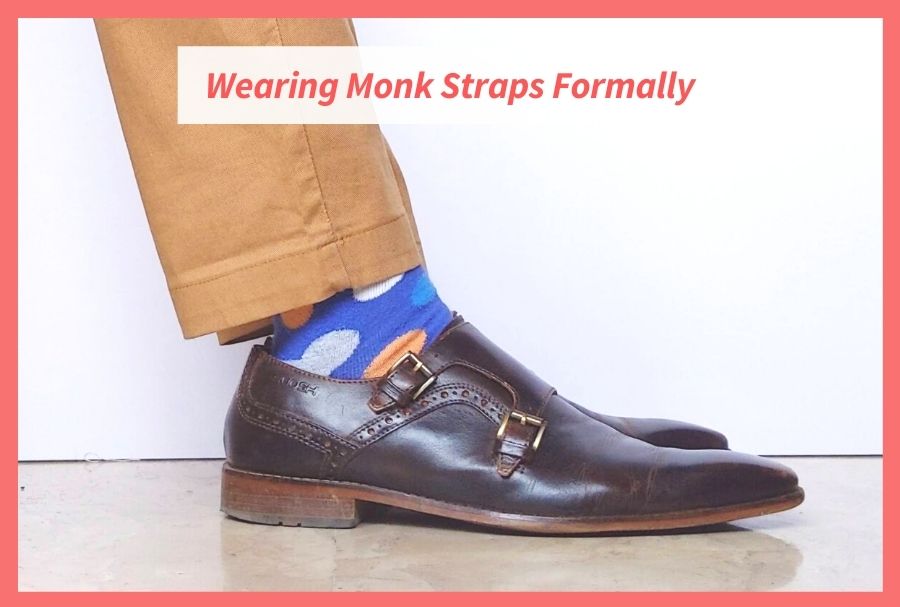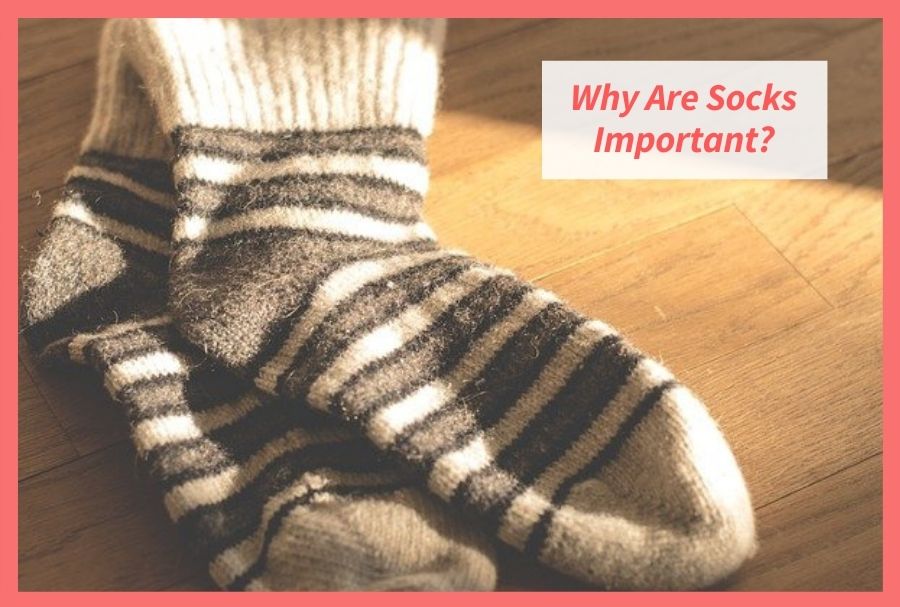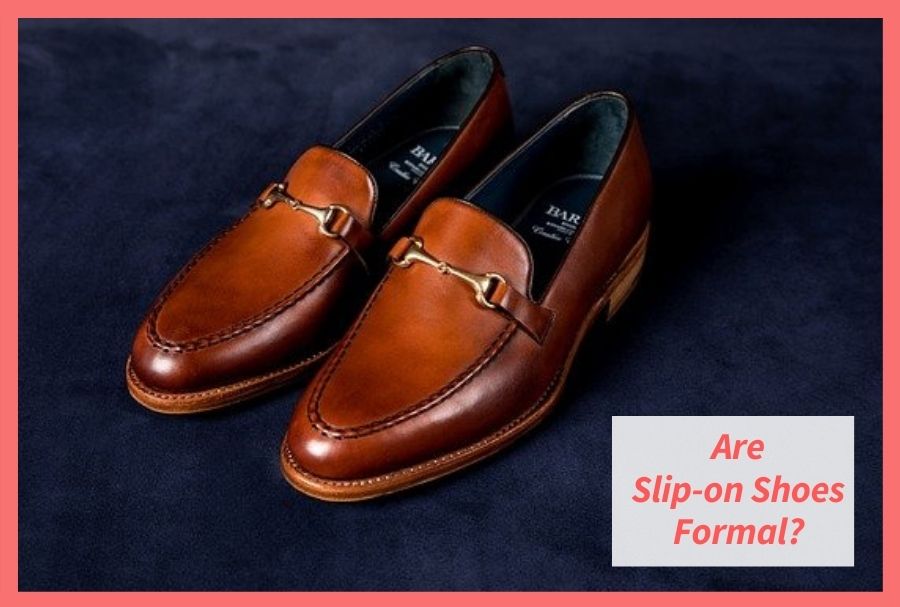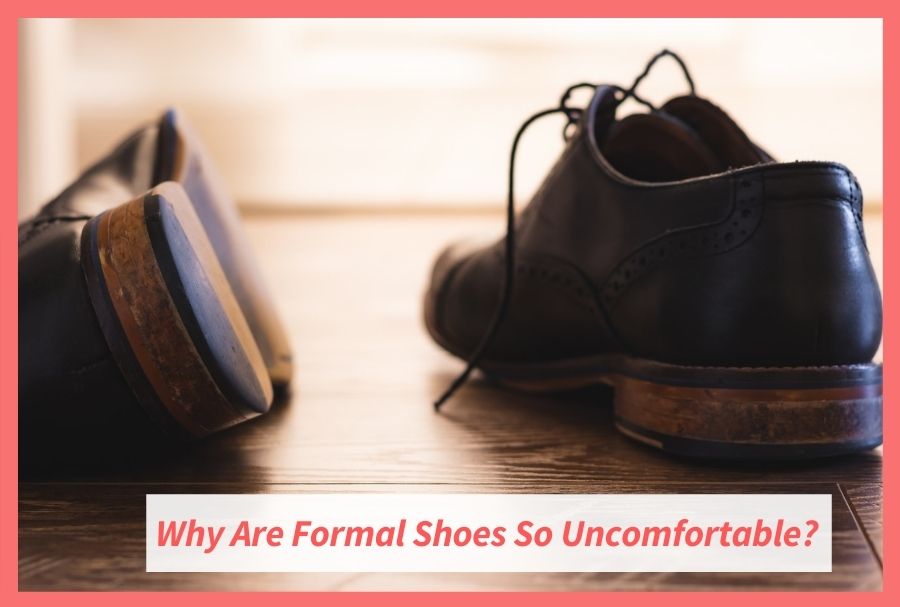
Imagine this: You’re all dressed up, ready for an exciting day or event – perhaps it’s the first day on a new job, or that one wedding you and your friends were looking forward to.
Crisp shirt, ironed pants, shined leather shoes; you basically look like a million bucks, and feel that way too… that is, until you’ve taken four steps towards the door and … “what’s that sound?” “Are those my feet screaming out of discomfort?!” At this point, you have no other option but to bear that pain, while your feet cry like hungry bird-babies in a Tom and Jerry episode
Sound familiar? That’s because it is. It is very common to associate formal shoes with discomfort (they even did a study on it!)
But it doesn’t have to be that way. Once you know the “why” of the discomfort, it becomes easier to answer the “how” of dealing with it. Below are 6 reasons why formal shoes can feel so uncomfortable.
1. You’re wearing the wrong size
Yes, size matters …… in shoes
If your shoes don’t fit well, they will feel uncomfortable.
Shoes that are too small will be tight and constrict your foot.
Shoes that are too big will have unnecessary space inside
You get the gist, right?
Thankfully, there are a handful of tips that can help you nail the fit of your shoes every time you buy them:
- There should be at least 1/2” of space between longest toe and the front of the shoe
- There should be no pressure on the sides of the feet
- One finger should snugly fit between the back of the foot and that of the shoe

Read my complete shoe fit guide here
When facing shoe discomfort, it would be wise to check for size first
Usually, a good quality formal shoe shoe, that fits well, will solve a large number of discomfort issues
2. The shoes are too narrow for your feet
Joey sure had a hand twin, but in the case of feet, everyone is different.
That applies not only to the length but also to the width of the feet.
With shoe sizes, the length of the feet is taken care of – but what about the foot width?
Some people have really wide feet, some people have narrow feet, and some people are blessed by the Shoe Gods with medium-width feet. The most thoughtful brands account for all three variations by making shoes in different widths.

If your shoes feel uncomfortable even after wearing the right size, then this should be the next thing you check for.
Tip: If the shoes you’re buying don’t offer different widths, then check the toe shape. Round toe shoes will be wider than chisel toe shoes and so should work for people with wide feet
3. The insoles are stiff
In most marketing material for shoes, you’ll find that a lot of emphasis has been put on the insole of the shoes. This is because it is an important factor that decides the overall comfort of the shoe
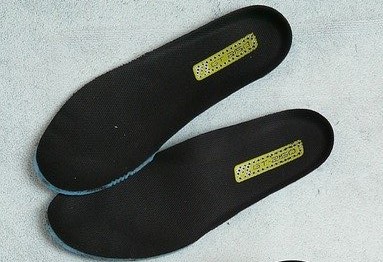
The insole is the part of the shoe that sits between your feet and the actual sole of the shoe. Since insole is the only part of the shoe that comes in contact with the bottom of your feet, its material, and softness will dictate how comfortable the shoe is while walking
Formal shoes will generally have soft leather insoles. Leather insoles will take the shape of your feet over time and provide for a more optimal experience. Good insoles can make shoes with even the hardest outsoles feel comfortable. It’s like magic!
Many shoes have removable insoles, while others have them stitched inside the shoe. Insoles are also separately sold online – you can try them out to see if it helps.
Note that adding extra insoles to shoes will make them tighter
4. You’re not wearing socks
This one’s obvious.
Think of your skin, in direct contact with the leather of those formal shoes. Now add some sweat. Uncomfortable, no?
Wearing shoes without socks is like eating vada-pav without chutney – you can do it, but you’d rather not.
Not wearing socks also adds to the risk of blisters and shoe bites. If you combine this with all the points that we’ve discussed above, then you’re in for some serious discomfort.
But what about the times you want to rock the sockless look?
The answer lies in no-show socks. They will keep your feet comfortable and your shoes odourless.
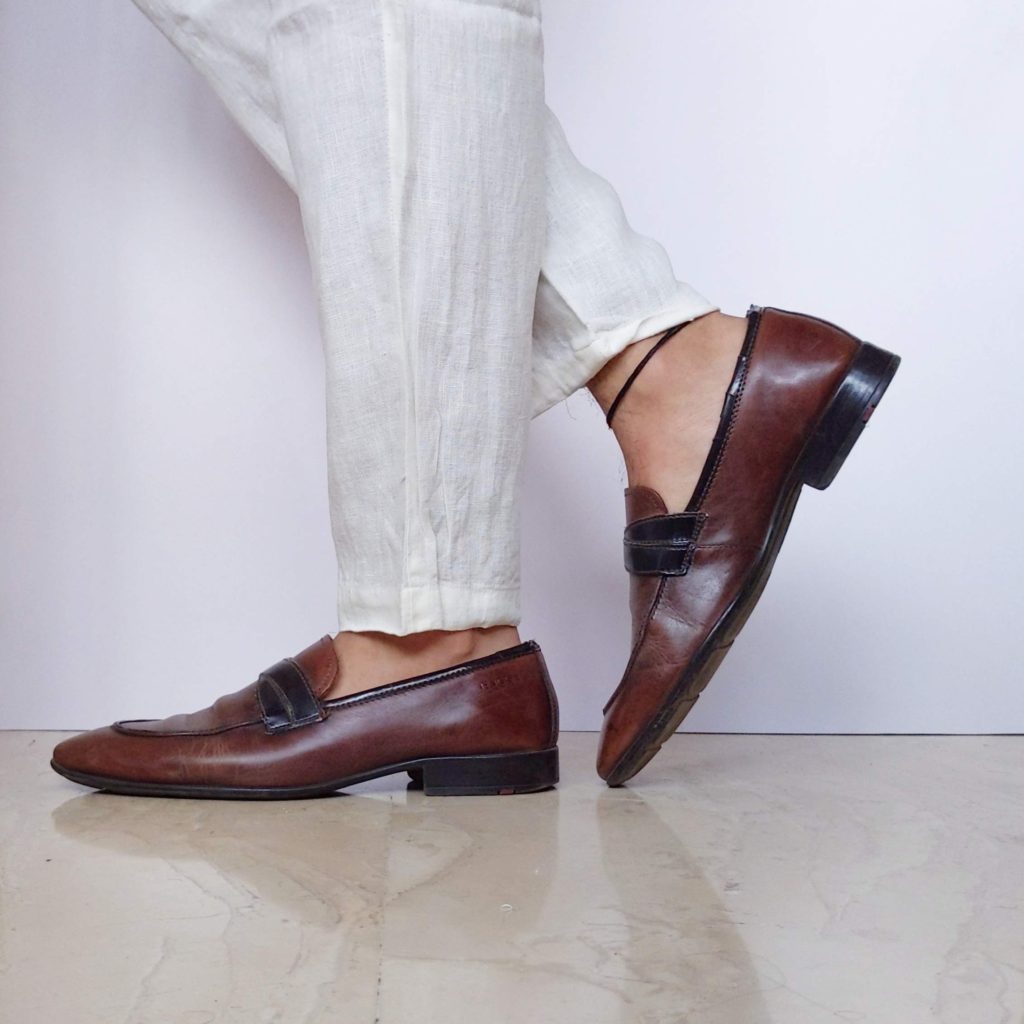
Bonus points if the socks you buy are of high-quality material, like Egyptian cotton, or cashmere!
5. Your shoes are new!
The biggest reason your dress shoes are uncomfortable is also the most common one – you simply haven’t worn them enough yet!
An important factor behind the comfort of any pair of shoes is its flexibility. Shoes that are more flexible will be more comfortable.
Formal shoes are mostly made of leather, which is initially stiff and inflexible. This means that many types of leather shoes will not be comfortable right out of the box – the leather needs some time to get accustomed to your feet.
We call this process “breaking in your shoes”
Shoe break-in period varies from shoe to shoe. It depends on:
- The thickness and material of the sole
- The thickness of the leather upper
- The method of construction
The thickness and material of the sole:
Leather and rubber are two of the most commonly used materials for making shoe soles. The difference in material plays a part in the flexibility of the shoe, and thus, also affects the break-in period
Rubber is naturally flexible, so rubber-soled shoes will be comfortable right away. If they aren’t, you shouldn’t buy them.
Leather soles, on the other hand, will be stiff in the beginning. But this stiffness should go away in time, depending on the thickness of the sole.
- Thin soles should have a very low break-in period (1 to 3 days of wear)
- Thick soles will take as long as 4 weeks (sometimes even more) to become fully comfortable. This seems like a daunting period, but patience does pay off – because thick-soled shoes will provide support like no other, which, in my experience, takes comfort to the next level
The thickness of the leather upper
Leather upper thickness and sole thickness often go hand in hand, and impact the shoe break-in period similarly
Shoes made of thin leather uppers will be comfortable right out of the box and take hardly a day’s wear to break-in.
Thick leather uppers will be hard and stiff in the beginning. Shoes made of such hard leathers will take quite some time to break in to them
The method of construction
The 3 common methods of shoe construction are Cementing, Blake-Stitching and GoodYear welting
Knowing what construction method has been used to make the shoe will generally give one the best estimates about the shoe break in period.
Here’s why:
- Cemented/Glued shoes will most likely have rubber soles and thin leather, so they should need no time to break-in
- Blake Stitched shoes are not intended to be overly stiff, so break-in times will be really low for these shoes. It can take between 2 days to 2 weeks of wear for Blake stitched shoes to become comfortable, depending on the thickness of the leather and the sole
- Goodyear welted shoes, being the gold standard of shoe quality are made with the maximum support and durability in mind. For this, GoodYear welted construction will combine high quality stiff leather with stiff soles. Due to the nature of its construction, these shoes will take the longest to break-in, anywhere between 2 weeks to 5 weeks of wear
Below is a quick reference table for shoe break-in estimates, based on what we discussed above
| Cemented | Blake Stitched | Goodyear Welted | |
| Break-in period | 0 days | 2 days – 2 weeks | 2 – 5 weeks |
Note that boots will require a longer break-in period than low ankle shoes, irrespective of the construction method used.
Summary
As you can see, all the issues that make a pair of formal shoes uncomfortable can be fixed
If you’ve only worn sneakers and sports shoes your entire life, then yes, it will take time for you to get used to leather shoes.
But that patience is ultimately rewarded – the gates of comfort-heaven soon welcome you with open feet
(I know, I know, the expression has ‘arms’ in it.. but ‘feet’ make more sense here 😉 )
Formal shoes don’t have to be uncomfortable. They can be one of the most comfortable shoes in your closet. They certainly are, in mine 🙂

